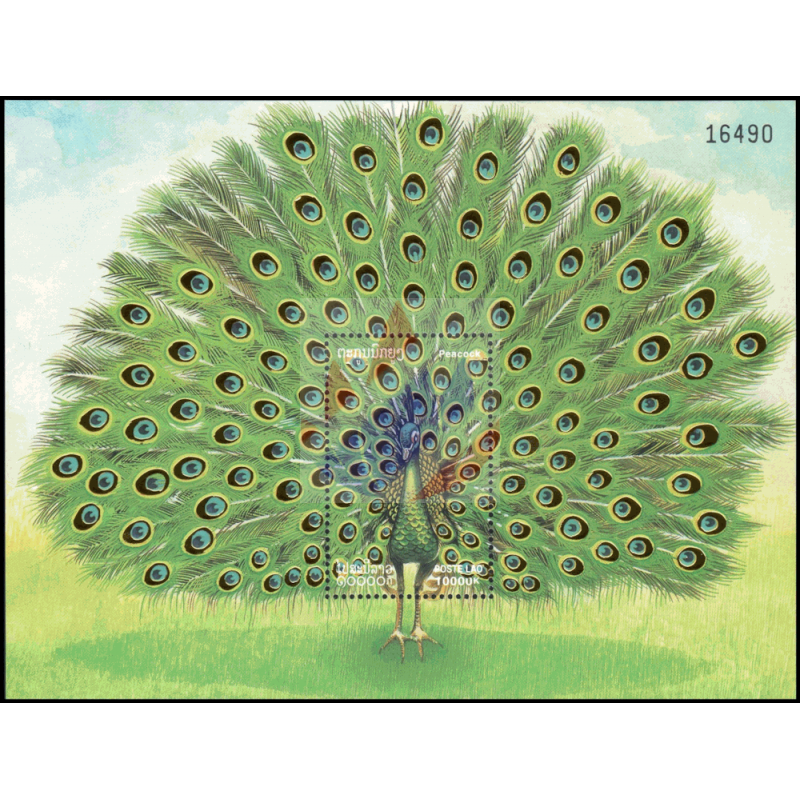The Majestic Peacock: Significance and Conservation Efforts

The Importance of Peacocks
The peacock, scientifically known as Pavo cristatus, is not just a bird; it is a symbol of beauty, grace, and diversity in the animal kingdom. Indigenous to South Asia, the peacock is the national bird of India and is revered in various cultures, often associated with royalty and pride. The vibrant plumage of the male peacock, with its iridescent tail feathers, is not only a spectacle of nature but also plays a crucial role in mating rituals, where the males showcase their feathers to attract female partners.
Current Events Related to Peacocks
In recent years, the plight of the peacock has captured the attention of conservationists as their habitats face increasing threats due to urban development and habitat destruction. A recent report by BirdLife International highlights that a significant decline in their population has been observed in certain regions, primarily due to poaching and deforestation. There are also ongoing discussions in India about enhancing national parks and reserves to provide safer environments for these stunning birds.
The Role of Peacocks in Ecosystems
Peacocks play an essential role in their ecosystems. As omnivores, they contribute to seed dispersal, helping maintain vegetation diversity, which is vital for the health of their habitats. Moreover, their presence can indicate the health of an ecosystem, serving as a barometer for environmental changes. Efforts are underway in various parts of India to educate local communities about the importance of preserving these birds and their habitats.
Conservation Efforts and Future Outlook
Conservation organisations are stepping up efforts to protect peacock populations through several initiatives. Campaigns aimed at increasing awareness about wildlife protection laws have been introduced. Additionally, local communities are being engaged in conservation, empowering them to take on roles as wildlife protectors. The future of peacocks largely depends on these efforts, as well as on policies that promote sustainable development. Trends suggest that with continued awareness and proactive measures, the population of peacocks can stabilize and flourish once again.
Conclusion
The peacock is more than just a captivating bird; it embodies cultural significance and ecological importance. Its conservation is not simply an environmental issue; it is a reflection of our values and responsibilities towards nature. As awareness grows, there is hope for the future of these magnificent creatures, affirming the need for sustainable practices that protect their habitats for generations to come.
You may also like

Understanding Mosquera Wolves and Their Conservation Needs

Understanding the Importance of Monkeys in Ecosystems
